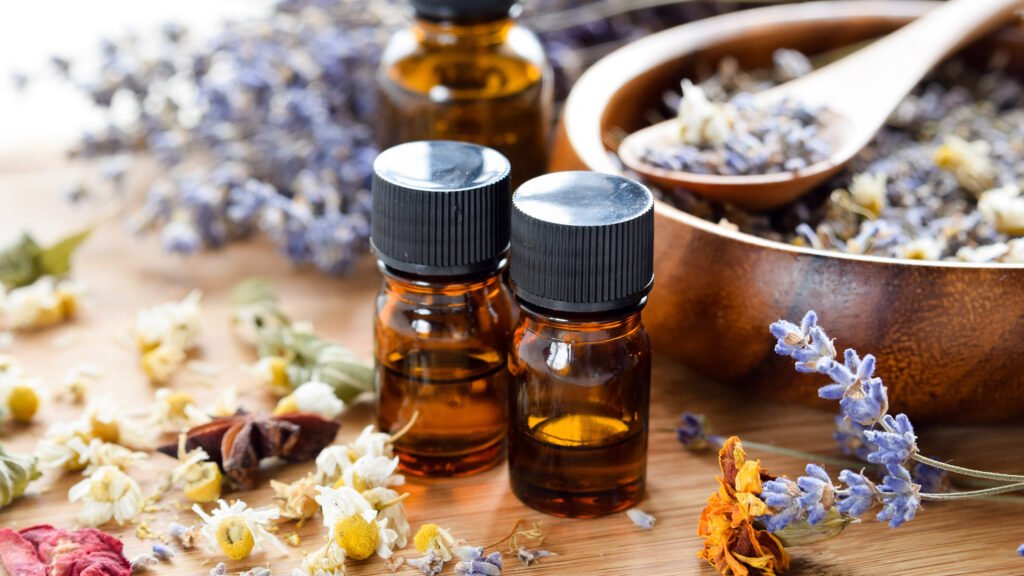
When it comes to managing pain, many people are searching for natural alternatives to pharmaceuticals. Essential oils like peppermint and lavender have gained immense popularity for their ability to alleviate discomfort while supporting overall well-being. These powerful plant extracts offer an effective, holistic approach to pain relief, blending centuries of traditional use with modern scientific validation.
Chronic pain affects millions worldwide, leading to physical, emotional, and financial burdens. While conventional medications can help, they often come with risks like side effects or dependency. This is where essential oils shine. Peppermint and lavender, in particular, have demonstrated their potential as safe, accessible, and versatile options for various types of pain—from headaches to muscle soreness.
In this article, we’ll delve into how peppermint and lavender oils work, their unique pain-relieving properties, and practical tips on incorporating them into your daily routine. Whether you’re new to essential oils or looking to deepen your understanding, this guide offers valuable insights to empower your journey toward natural pain management.
The Science Behind Essential Oils
Essential oils are concentrated plant extracts obtained through distillation or cold pressing. Their therapeutic effects come from active compounds such as terpenes, esters, and phenols. These bioactive molecules interact with the body on multiple levels, from the nervous system to the skin, making essential oils a powerful tool for pain relief.
How They Work
- Topical Application
When applied to the skin, essential oils penetrate the dermal layers and interact with local tissues. This allows them to target inflammation, reduce swelling, and improve blood circulation—key factors in pain relief. - Aromatherapy
Inhalation stimulates the olfactory system and activates the brain’s limbic region, which governs emotions, stress levels, and pain perception. By calming the nervous system, essential oils can mitigate both physical and emotional pain. - Synergistic Properties
Combining certain oils, like peppermint and lavender, can enhance their effects. Peppermint provides cooling relief, while lavender offers calming and anti-inflammatory benefits. Together, they create a balanced approach to pain management.
Peppermint Essential Oil: Cooling Relief for Acute Pain
The Power of Menthol
Peppermint oil’s main active compound, menthol, is well-known for its analgesic and anti-inflammatory properties. When applied topically, menthol creates a cooling sensation that soothes the skin and muscles, helping to reduce pain signals sent to the brain.
Best Uses for Pain Relief
- Headaches and Migraines
Applying diluted peppermint oil to the temples can ease tension headaches and reduce migraine symptoms. A 2016 study found that peppermint oil significantly reduced headache intensity within 15 minutes of application. - Muscle Pain and Cramps
Peppermint oil helps relax tight muscles and alleviate soreness after physical activity. It’s particularly effective when massaged into the affected area or added to a warm bath. - Nerve Pain
For those experiencing neuropathic pain, peppermint oil’s cooling and numbing effects can provide temporary relief.
Application Tips
Always dilute peppermint oil with a carrier oil like coconut or jojoba to prevent skin irritation. A 2-5% dilution ratio is generally safe for most people.
Lavender Essential Oil: Calming Relief for Chronic Pain
Soothing and Anti-Inflammatory Properties
Lavender oil is renowned for its calming and healing properties. Its active compounds, such as linalool and linalyl acetate, work as natural sedatives and anti-inflammatories. This makes lavender an excellent choice for managing chronic pain conditions like arthritis, fibromyalgia, or general stress-induced pain.
Best Uses for Pain Relief
- Arthritis and Joint Pain
Lavender oil reduces inflammation and stiffness in joints, providing relief from arthritis pain. Its calming effect also addresses the emotional toll of chronic pain. - Sleep and Pain Management
Pain and sleep disturbances often go hand in hand. Diffusing lavender oil before bedtime promotes relaxation, helping you fall asleep and stay asleep longer, which aids in overall recovery. - Burns and Skin Irritation
Lavender’s gentle properties make it a go-to for soothing burns, cuts, or skin irritation. Pain relief comes from its ability to reduce inflammation and promote faster healing.
Application Tips
Lavender oil is one of the few essential oils that can be used undiluted on small areas of the skin. However, for broader applications, dilute it in a carrier oil. Add it to a warm compress for targeted pain relief.
Incorporating Essential Oils into Your Pain Management Routine
Topical Use
Create a custom blend using peppermint and lavender oils for massages. Mix a few drops with a carrier oil and massage directly onto sore areas. This method offers localized relief and supports relaxation.
Aromatherapy
Use a diffuser to fill your space with the soothing scents of lavender and peppermint. Aromatherapy is especially beneficial for managing stress-induced pain or creating a calming bedtime routine.
Baths and Compresses
Combine essential oils with Epsom salts for a therapeutic soak. Alternatively, apply a warm or cold compress infused with the oils to areas of pain.
DIY Pain-Relief Recipes
- Cooling Roll-On
- 5 drops peppermint oil
- 5 drops lavender oil
- 1 tablespoon carrier oil
Combine in a roller bottle for on-the-go relief.
- Relaxing Bath Blend
- 4 drops lavender oil
- 2 drops peppermint oil
- 1 cup Epsom salts
Dissolve in warm bath water and soak for 20 minutes.
Conclusion
Essential oils like peppermint and lavender offer a safe, natural alternative to pharmaceuticals for managing pain. Their unique properties provide a range of benefits, from cooling relief for acute discomfort to calming support for chronic conditions. Unlike conventional painkillers, these oils come with minimal risks and can enhance overall well-being.
Incorporating essential oils into your pain management routine empowers you to take control of your health naturally. Whether you’re dealing with headaches, muscle soreness, or stress-related pain, the soothing power of peppermint and lavender can make a significant difference. Explore these oils today and experience their transformative potential for a healthier, more balanced life.

















